Are signs like falling Bitcoin dominance, rising funding rates, and altcoin breakouts enough to declare that a full altcoin season has begun?
Summary
- Altcoin momentum is building, with rising interest, breakout rallies in ADA, SOL, ETH, and XRP, and the Altcoin Season Index trending upward — but still below full “altseason” thresholds.
- Trump Media’s $2B crypto investment and the signing of major crypto legislation, including the GENIUS Act, signal growing institutional and political support for digital assets.
- Altcoin market cap broke resistance, with the TOTAL2 chart surpassing $1.6T and Bitcoin dominance falling sharply — suggesting capital rotation into altcoins.
- Market activity is mostly spot-driven, with rising but moderate funding rates indicating growing organic demand, not over-leveraged speculation.
Bitcoin climbs, altcoins gain attention
Bitcoin (BTC) reached a new high near $123,000 in mid-July 2025, extending its steady climb and adding another leg to the current bull cycle.
Strong Bitcoin rallies are often followed by capital rotation into other digital assets, a pattern widely referred to as altcoin season.
Interest in that shift has grown noticeably. According to Google Trends, global search activity for the term altcoin peaked on Jul. 18, reaching a score of 100, the highest in recent years.
Market watchers also track the Altcoin Season Index, or ASI, which measures how many of the top 50 altcoins are outperforming Bitcoin over a set timeframe.
The index stood at around 53 on Jul. 22, after reaching a high of 59 on Jul. 21, up sharply from 12 in June. While still below the threshold of 75 needed to confirm a full altcoin season, the rise suggests a clear shift in momentum.
Let’s dig deeper into what is happening in the market and try to understand whether an altseason has begun?
Are we in Altcoin season yet?
Most criterias require at least 75% of the top 50 or 100 altcoins to outperform Bitcoin over the past 90 days to confirm an altcoin season. Current data still falls short of that benchmark.
Meanwhile, Bitcoin continues to hold a dominant share of overall crypto market cap, accounting for roughly 60% of the total market.
In earlier cycles when altcoins took the lead, such as in 2018 and 2021, Bitcoin’s share dropped to the 40 to 50% range.
Taken together, these metrics suggest that Bitcoin remains the primary driver of market momentum. Altcoins are beginning to gain traction, but they are not yet leading.
Still, there are growing signs that altcoins are starting to gain strength. Several high-profile tokens have already seen strong price moves.
For instance, Cardano (ADA) has risen nearly 60% over the past month, driven by increased DeFi activity and a growing amount of total value locked on its network.
Solana (SOL) has gained around 40% during the same period. NFT volumes and DeFi usage on the Solana network have both picked up, contributing to renewed investor interest.
Ethereum (ETH) has also made a strong recovery and is now trading near $3800 for the first time in six months. Its price action has been supported by recent protocol upgrades and stable staking yields, beyond simply following Bitcoin’s lead.
Ripple (XRP) has also drawn attention. It reached a multi-year high of $3.64 on Jul. 18, supported by favorable regulatory developments and increasing usage of the XRP Ledger for cross-border payments.
If this trend continues, momentum may begin to spread across a wider set of tokens.
Several developments have combined to create a complex and closely watched moment for crypto markets.
On the corporate side, Trump Media recently disclosed a $2 billion purchase of Bitcoin and Bitcoin-linked securities, bringing the company’s crypto exposure to nearly two-thirds of its $3 billion asset base.
Trump Media’s leadership described the move as a push for financial independence, citing concerns about possible banking discrimination and a desire to integrate digital assets into its broader technology platform.
An additional $300 million has been allocated to options-based Bitcoin strategies, expanding the company’s exposure even further. Following the announcement, Trump Media’s stock rose over 5% on Jul. 21.
The company operates Truth Social, Truth Plus, and Truth Fi, and is now positioning crypto not only as a reserve asset but also as a part of future product offerings, including a planned utility token.
These corporate moves align with rising political momentum in support of crypto regulation. President Trump recently signed the GENIUS Act into law, marking the first federal framework for dollar-backed stablecoins.
The legislation has been viewed as a major step forward for the crypto sector, which has spent several years seeking clearer rules around tokenized assets.
Two additional crypto-related bills also passed the House of Representatives. The CBDC Anti Surveillance State Act aims to block government-issued digital currencies, while the Clarity Act seeks to define regulatory boundaries between the SEC and the CFTC for non-stablecoin digital assets.
Both bills still await Senate review, but their progress during what many described as Crypto Week reflects a shift in tone toward digital asset policy in Washington.
The broader policy environment continues to evolve. The Federal Reserve remains a key variable, even though economic data has been relatively quiet.
Market participants are watching the upcoming Federal Open Market Committee meeting on Jul. 30 for signs of a change in interest rate direction.
Trump and several others have called for rate cuts, but current pricing suggests low expectations. CME Group’s FedWatch Tool places the likelihood of a cut at under 5%.
Federal Reserve Chair Jerome Powell is also scheduled to speak at a policy forum, and investor sentiment may respond to the substance and tone of his remarks.
Public criticism from Trump has included calls for Powell’s resignation. The White House, however, has denied any intent to remove him.
Multiple threads are now shaping the market at once. On one end are large-scale corporate and regulatory shifts that point to growing institutional support for crypto. On the other are economic signals and monetary policy uncertainty that continue to weigh on risk assets more broadly.
Altcoin market cap breaks long resistance
The TOTAL2 chart, which tracks the market cap of all crypto assets excluding Bitcoin, recently broke out of a multi-year Cup and Handle formation.
Altcap (TOTAL2) [2W] ready to explode into price discovery.
Massive tension built up within a 4-year Cup & Handle pattern 🧨 pic.twitter.com/JHjxyxD43o
That pattern first began forming in 2021 and matured over time, with the handle phase concluding in early 2025.
On Jul. 21, the total altcoin market cap moved above the key resistance near $1.6 trillion. That level had previously acted as a ceiling in earlier cycles.
Bitcoin’s dominance also registered its steepest weekly decline in four years. The figure fell from above 65% to close to 61%, reversing a trend that had largely favored Bitcoin since 2023.
https://twitter.com/Pentosh1/status/1946961620053197180
A decline in dominance typically points to capital rotation across the crypto market. In this case, the shift suggests that traders are starting to allocate more funds to altcoins. The move is not tied to Bitcoin weakening but rather to other assets gaining relative strength.
Additional insight comes from changes in perpetual futures funding rates. According to analyst Nic, funding rates across a wide set of altcoins have started to rise again.
These rates remain well below the excessive levels reached in November, which signals that the recent momentum is not being fueled by leverage.
Spot market activity appears to be driving the trend. Buying interest is building more gradually, supported by organic participation instead of speculative positioning through borrowed capital.
When combined, these signals lend support to the view that altcoins may be entering a new phase. A confirmed breakout in market cap, reduced Bitcoin dominance, and sustained funding flows point toward a shift in allocation.
However, caution remains essential. No outcome is guaranteed, and market conditions can shift overnight. Trade wisely and never invest more than you can afford to lose.
Disclosure: This article does not represent investment advice. The content and materials featured on this page are for educational purposes only.






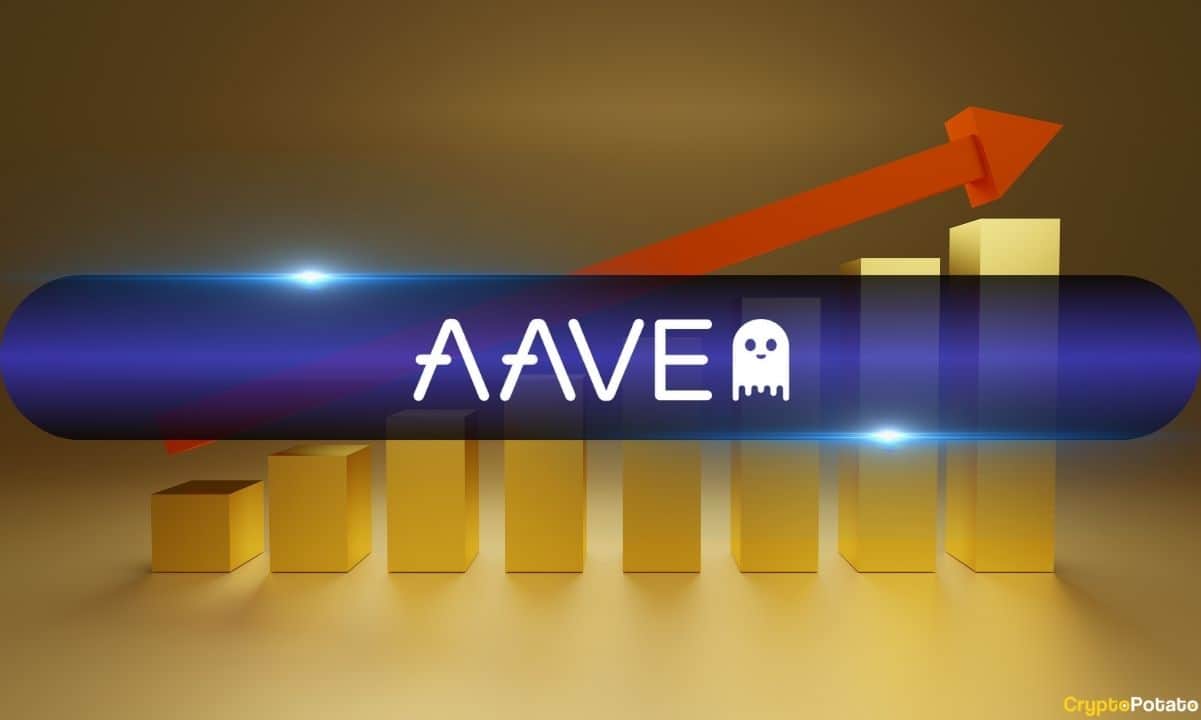

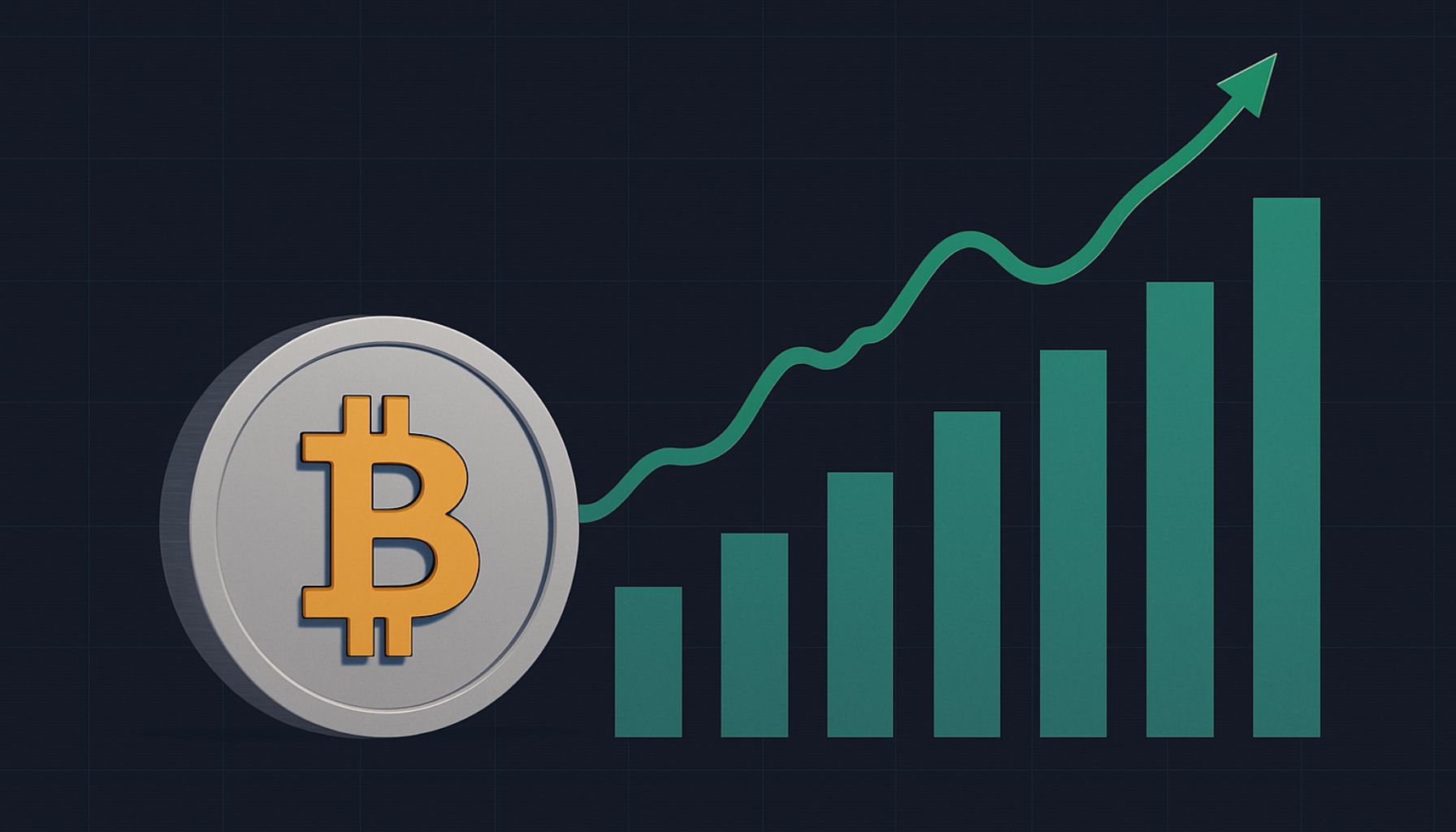




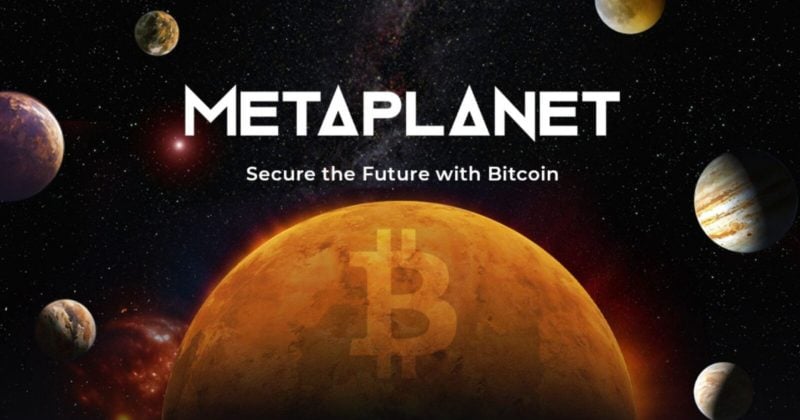
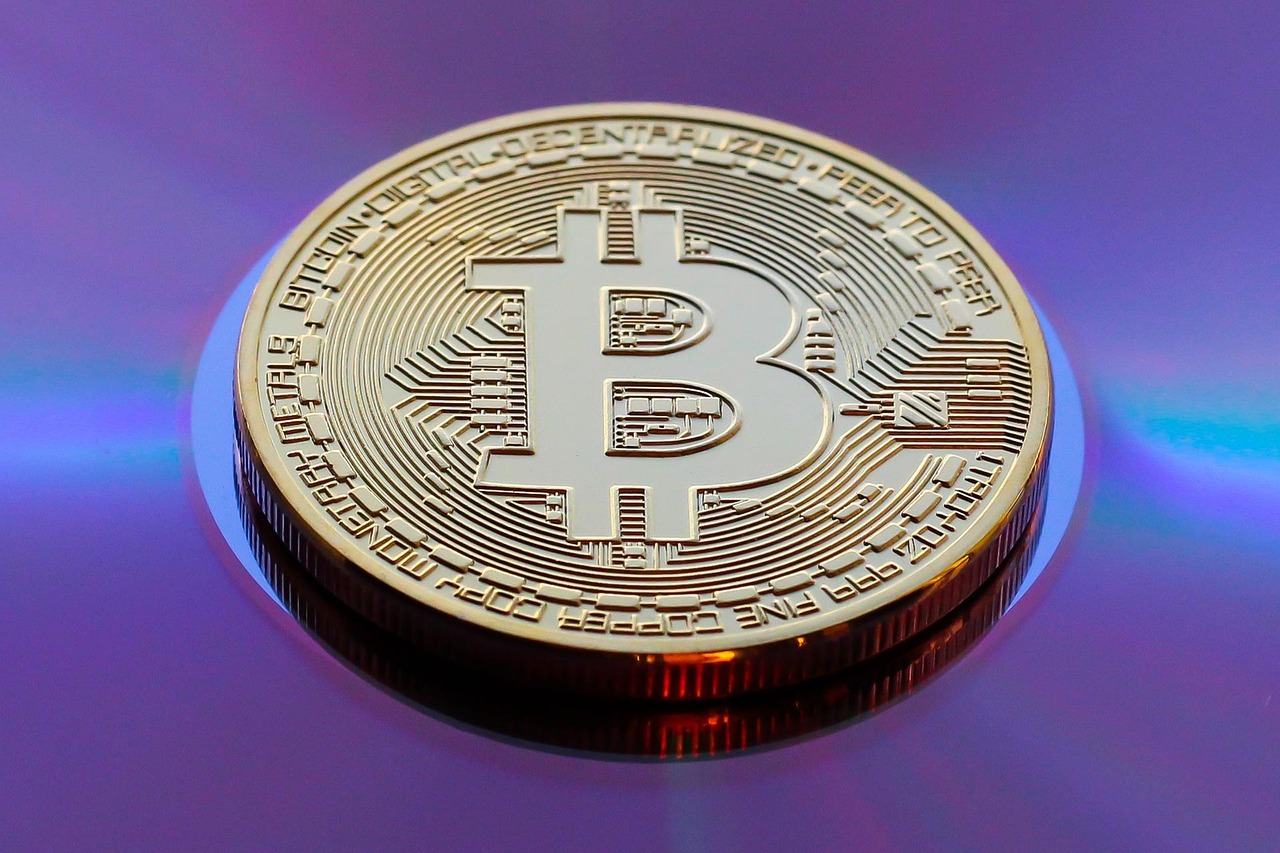

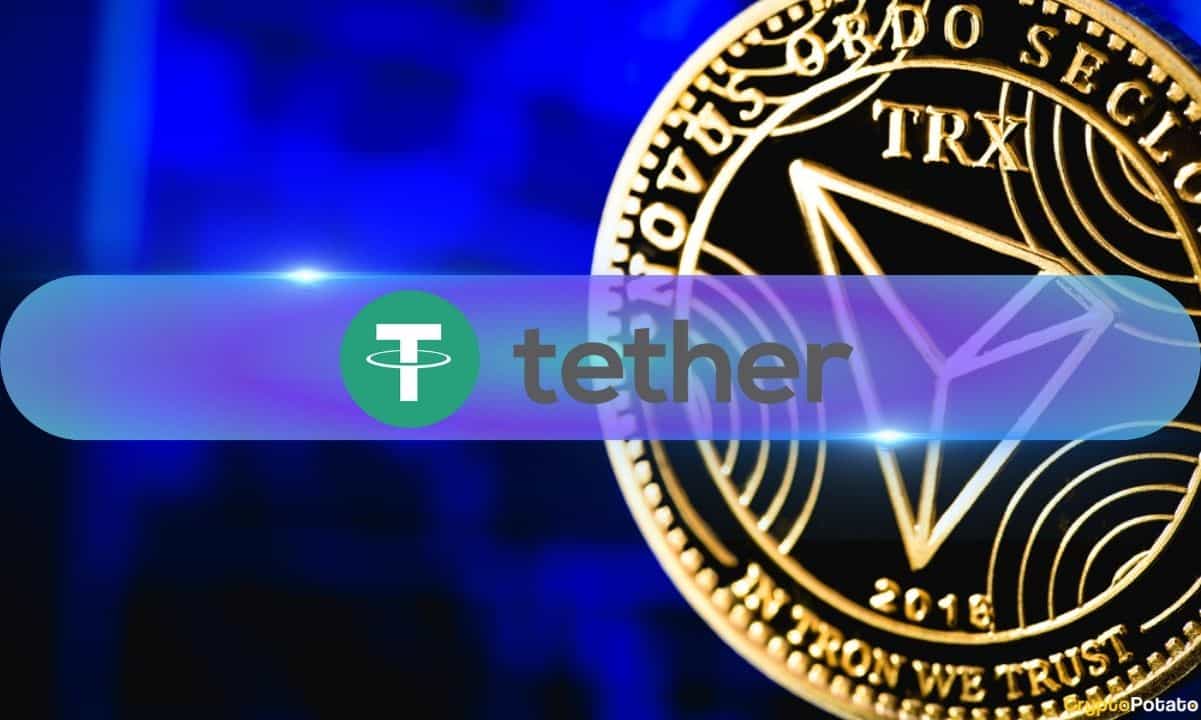
 English (US) ·
English (US) ·